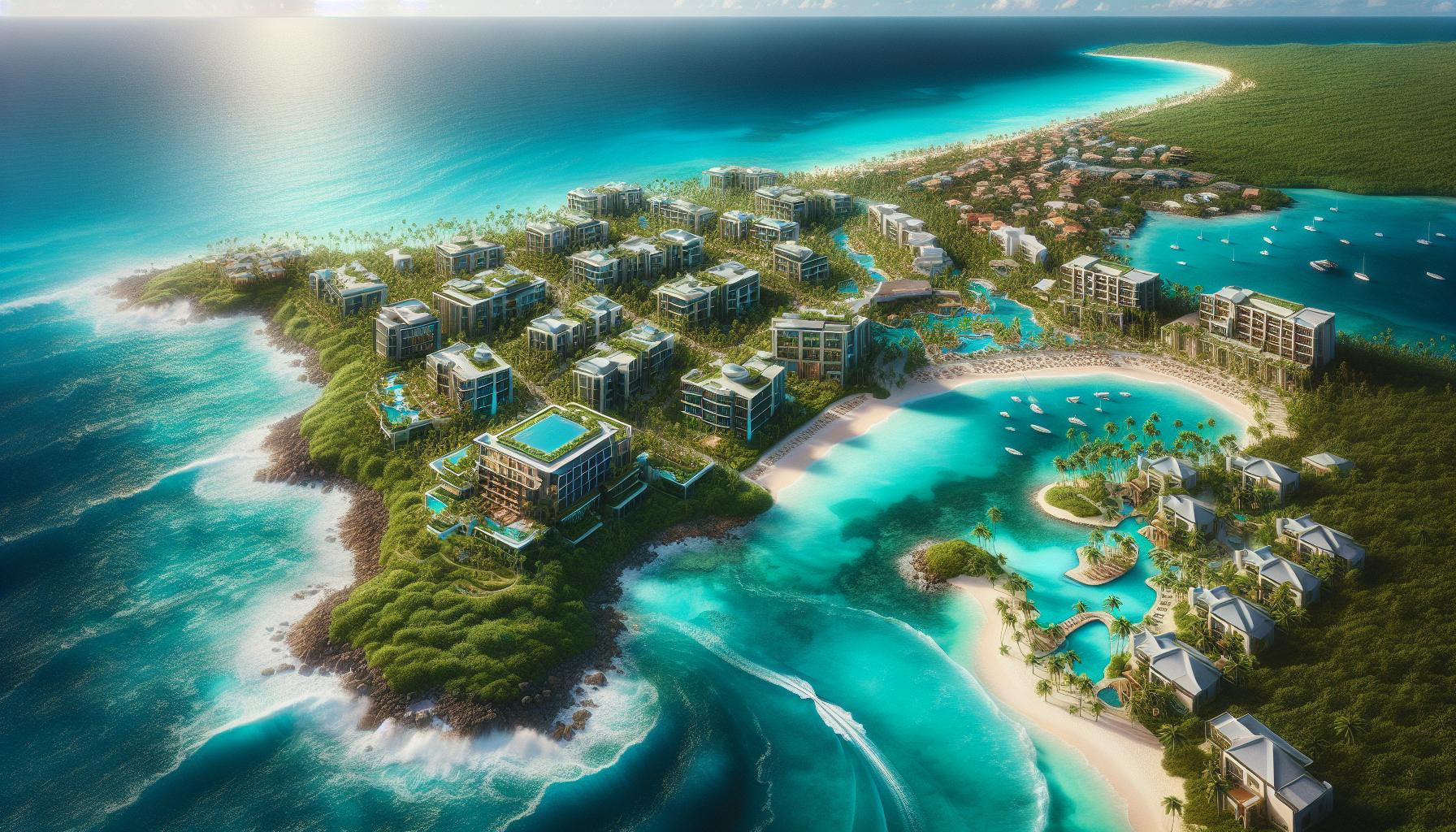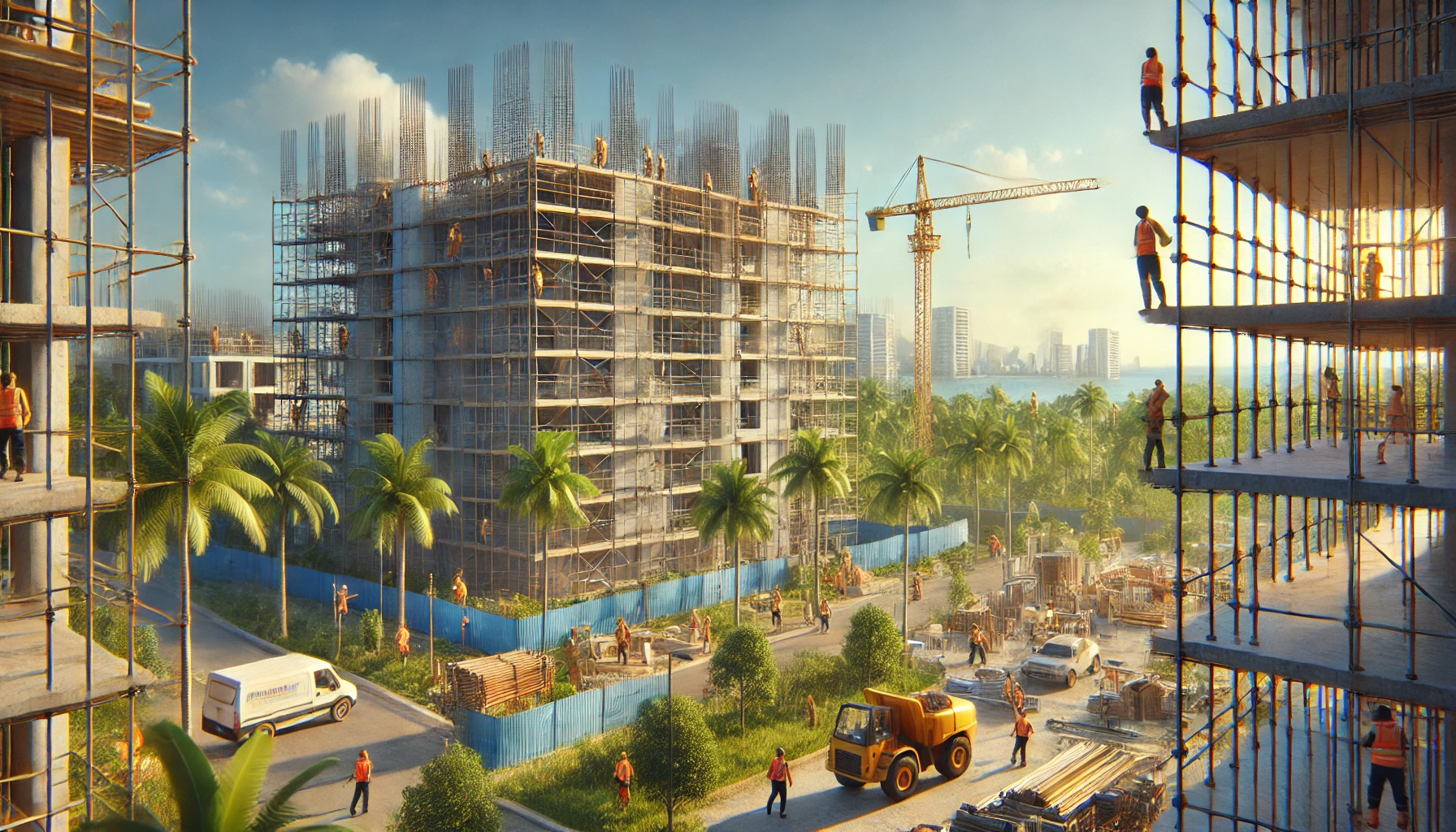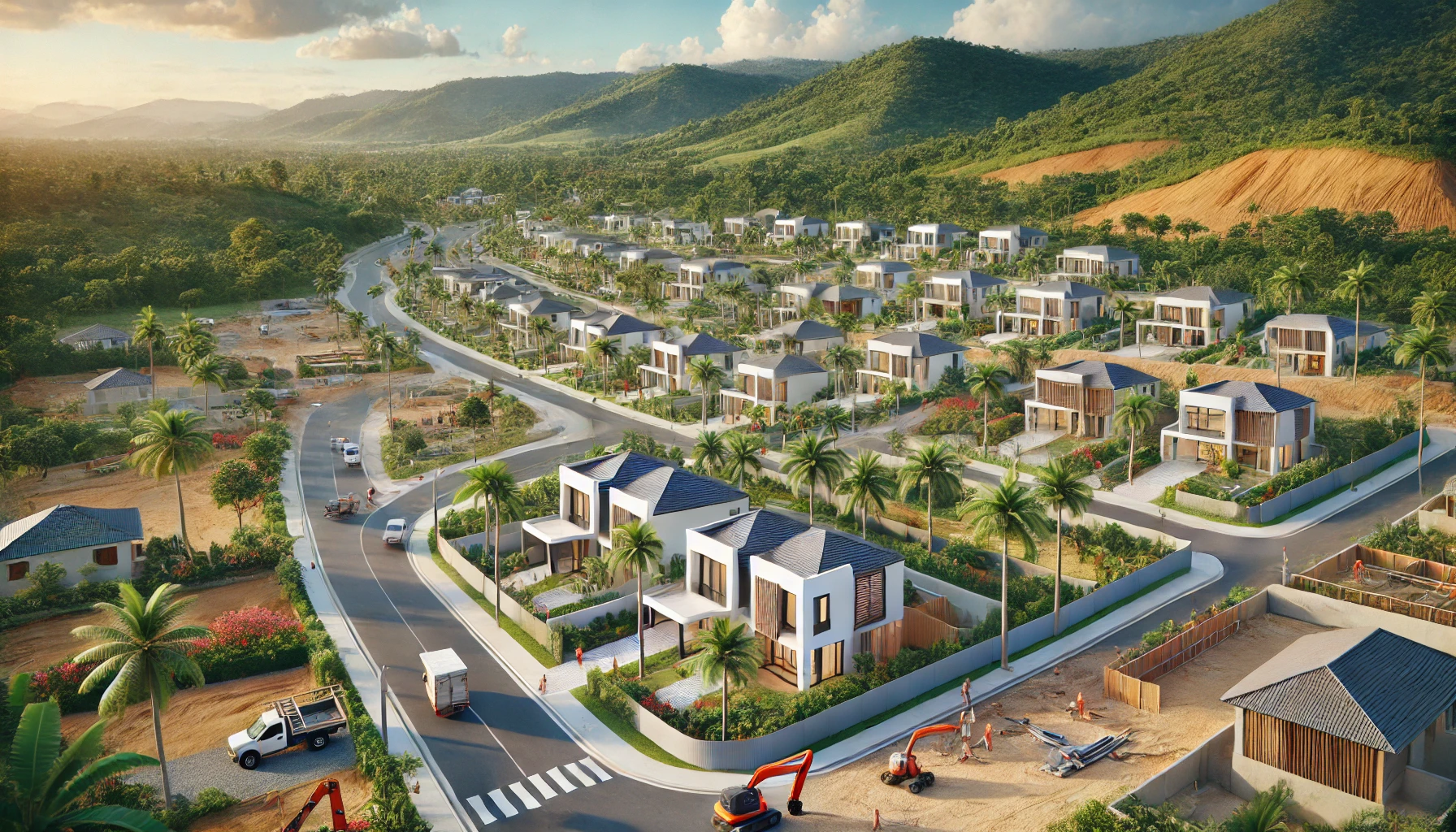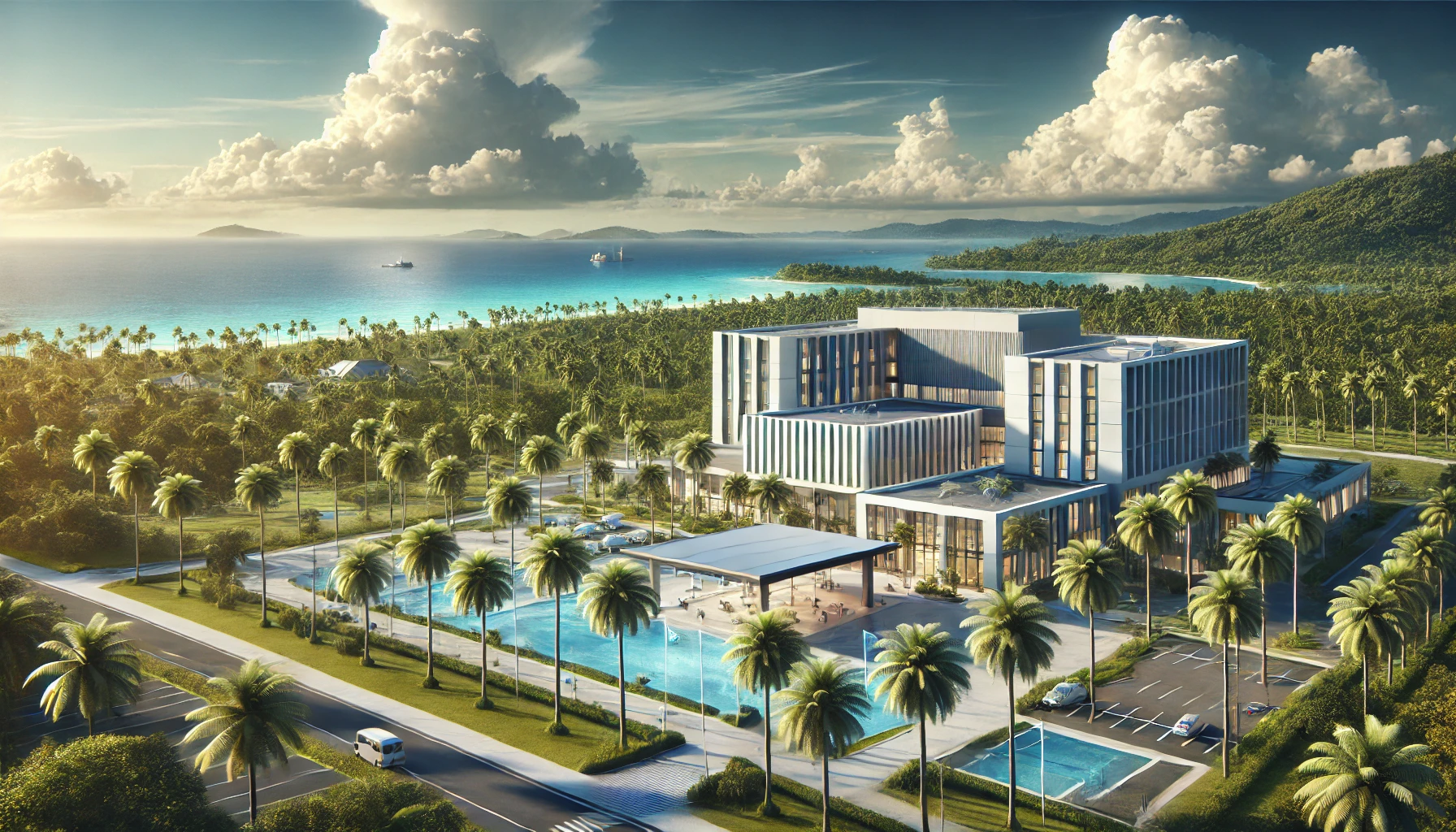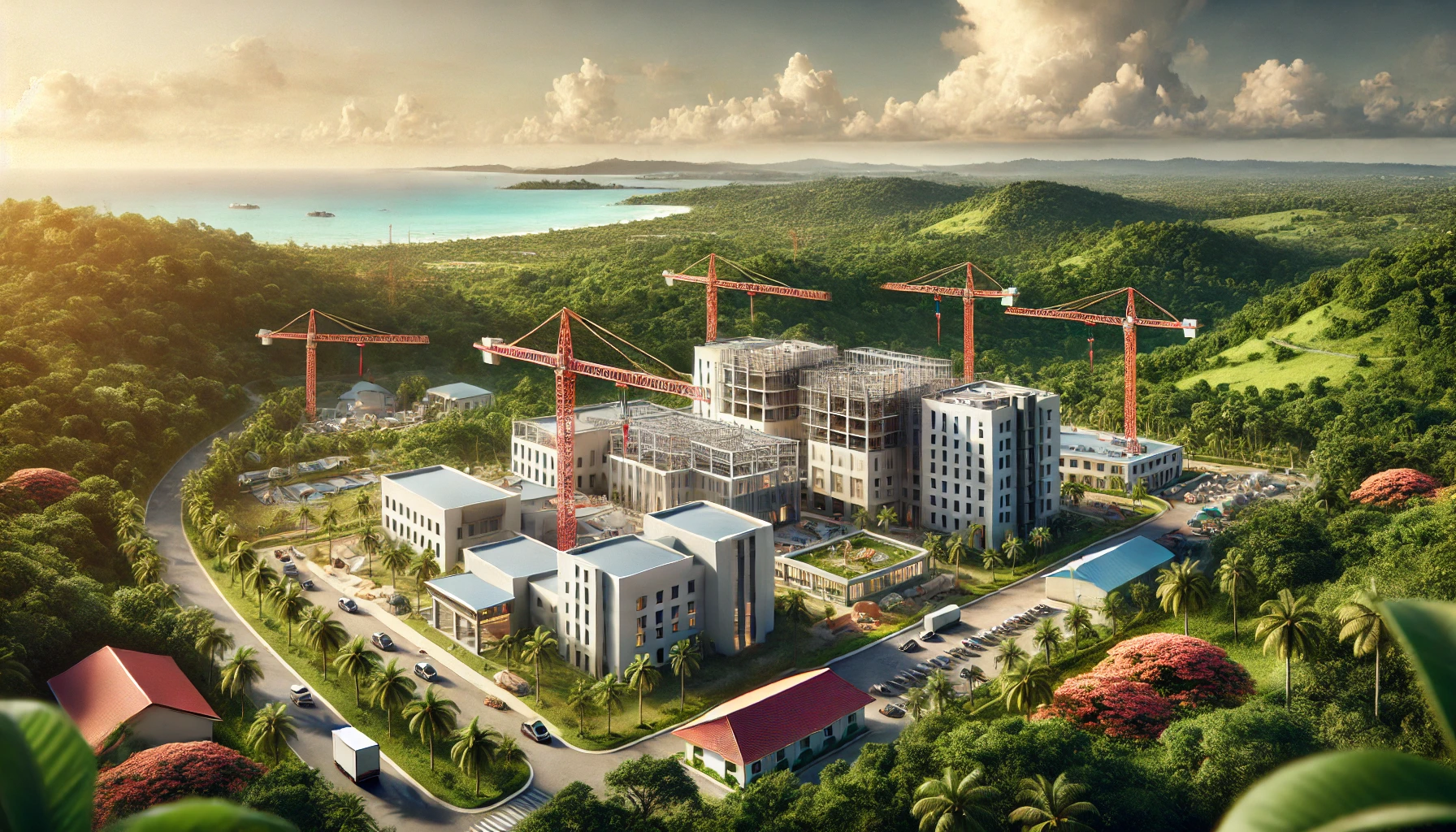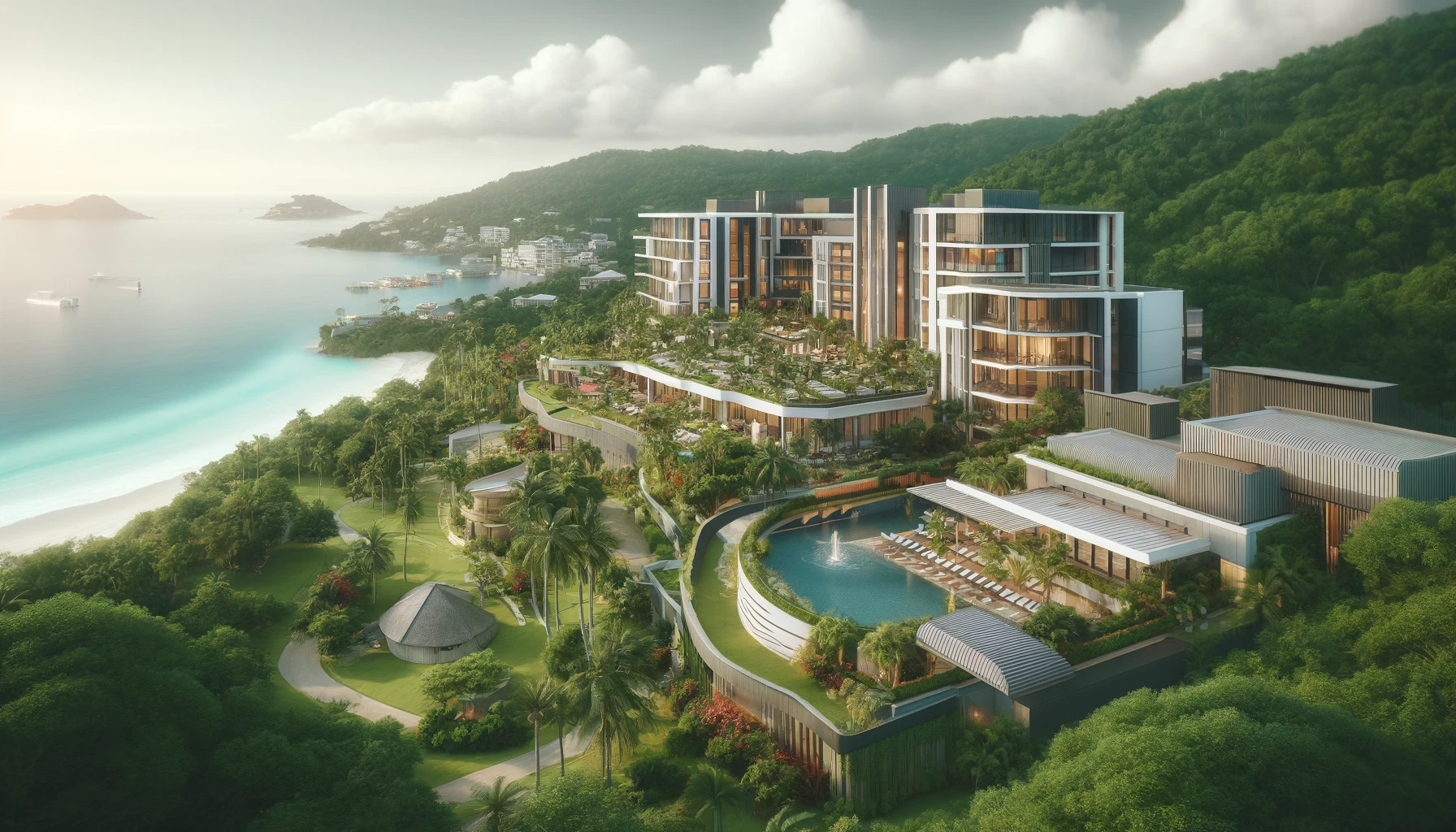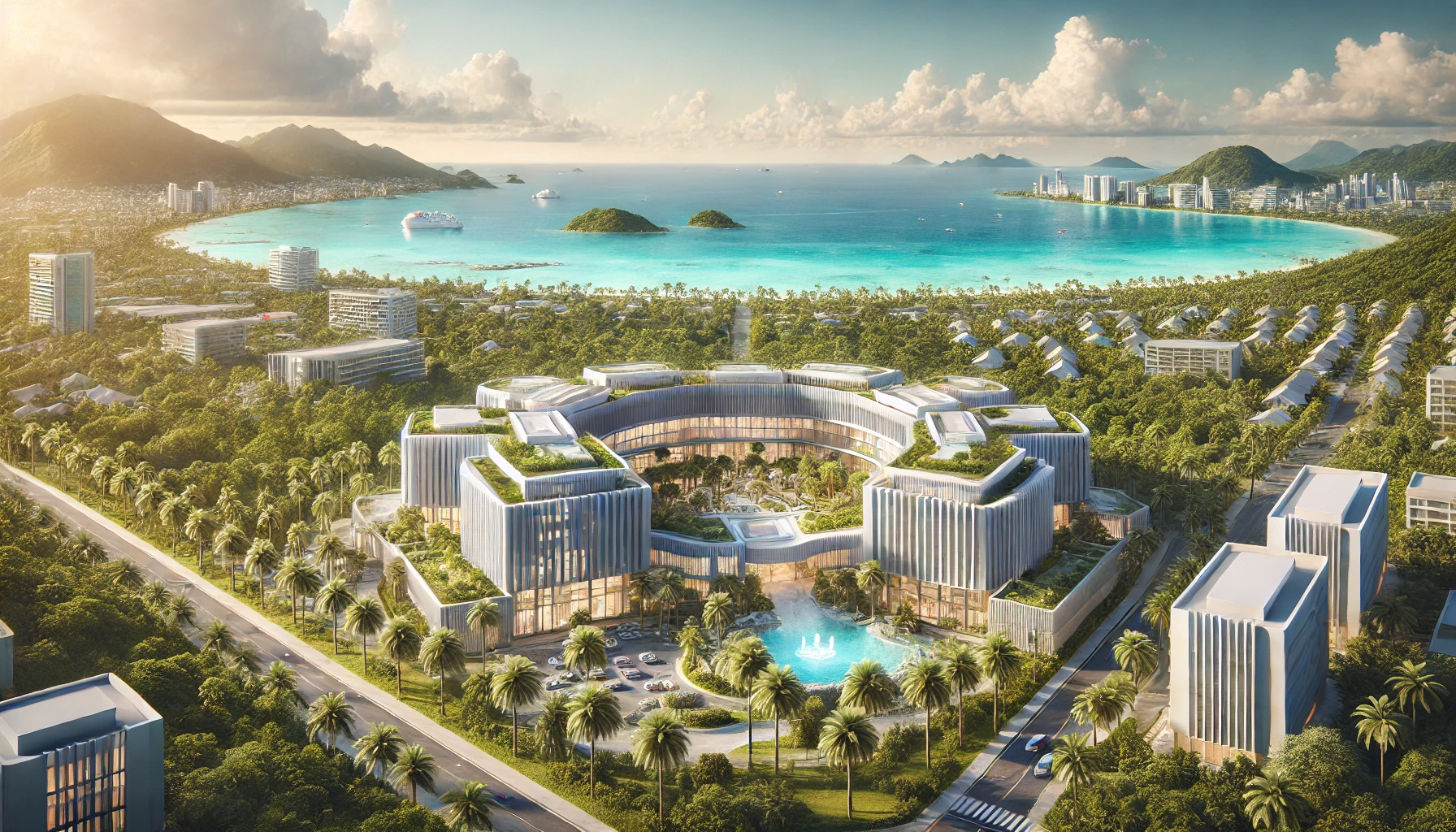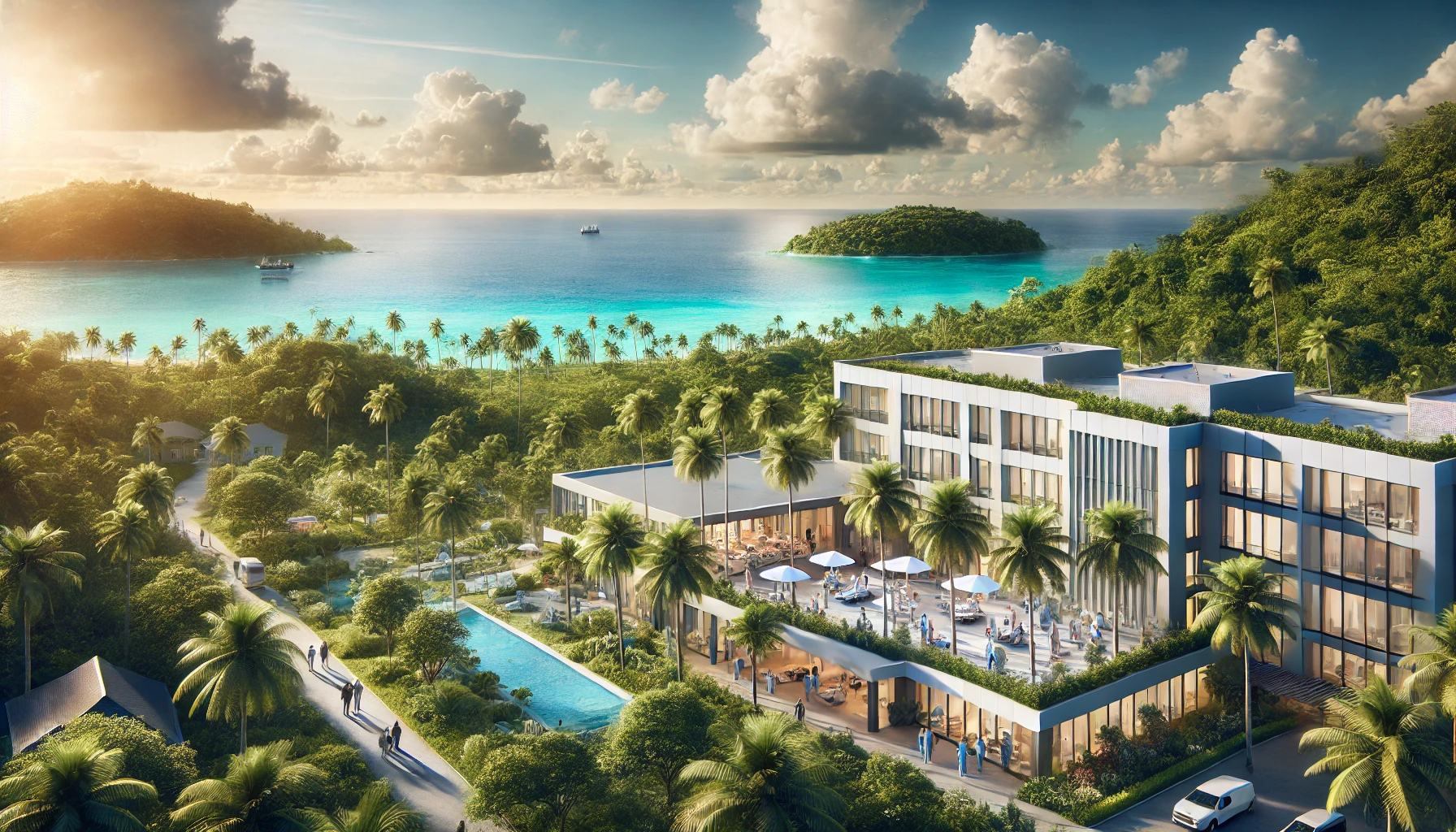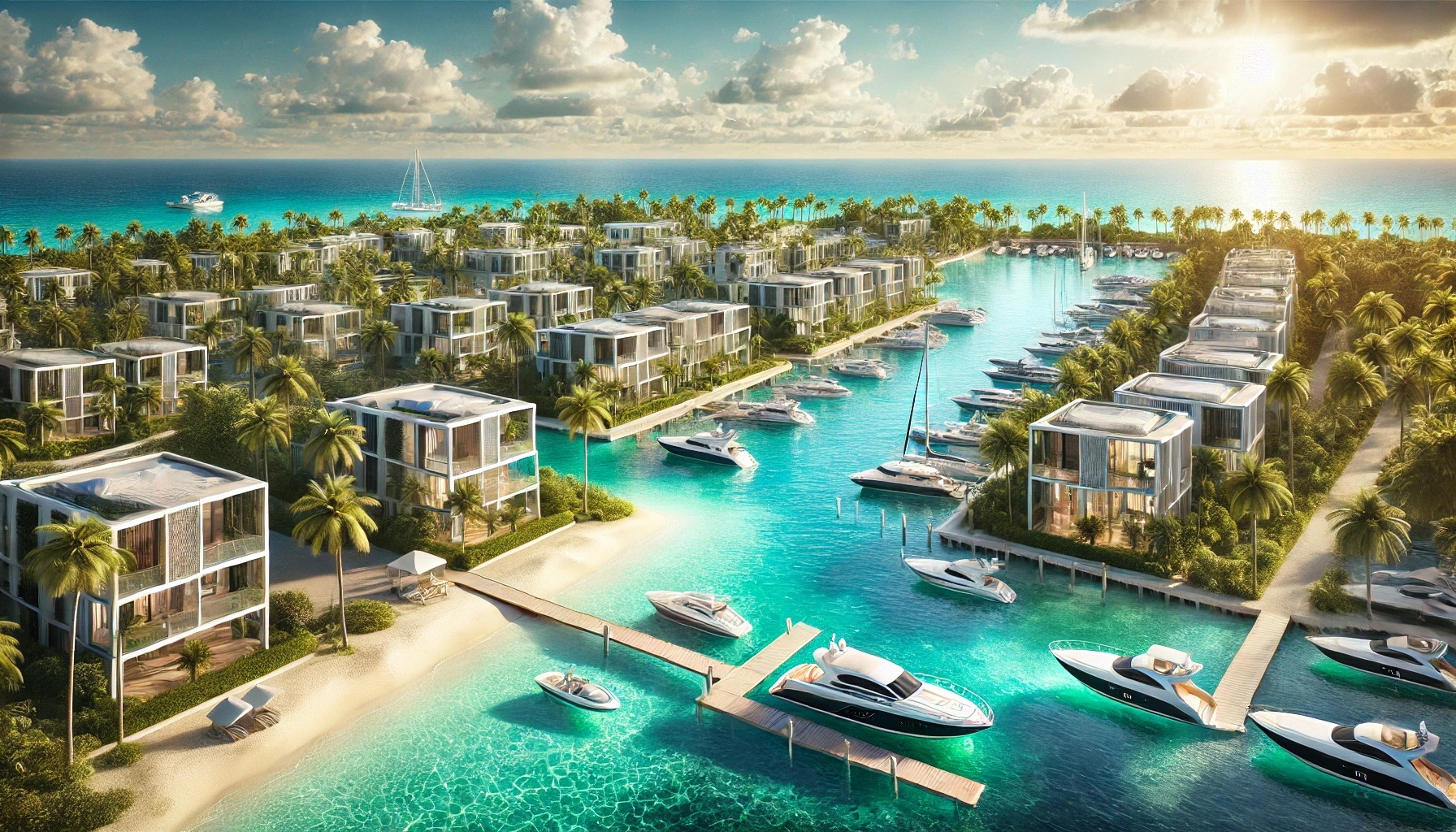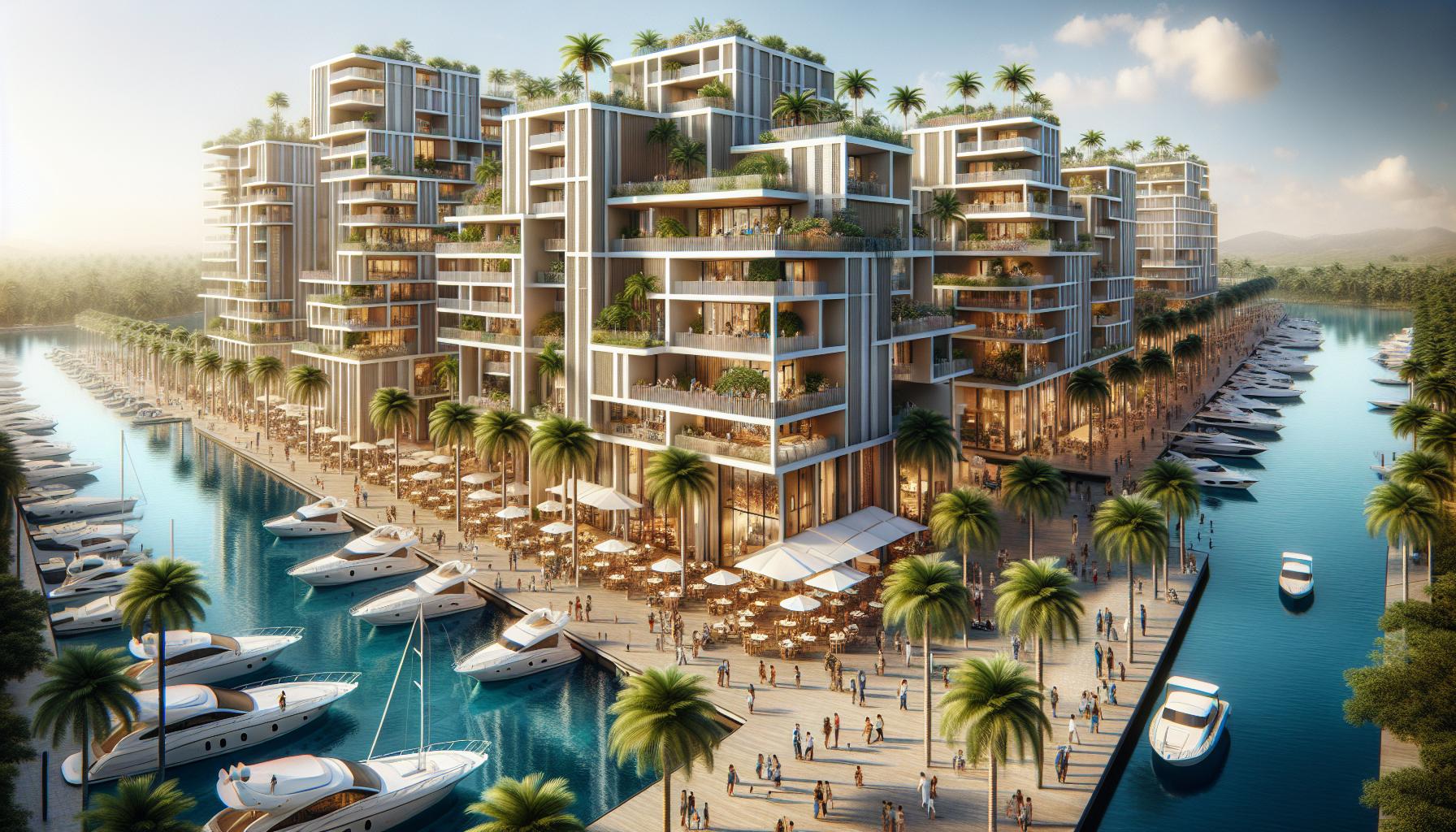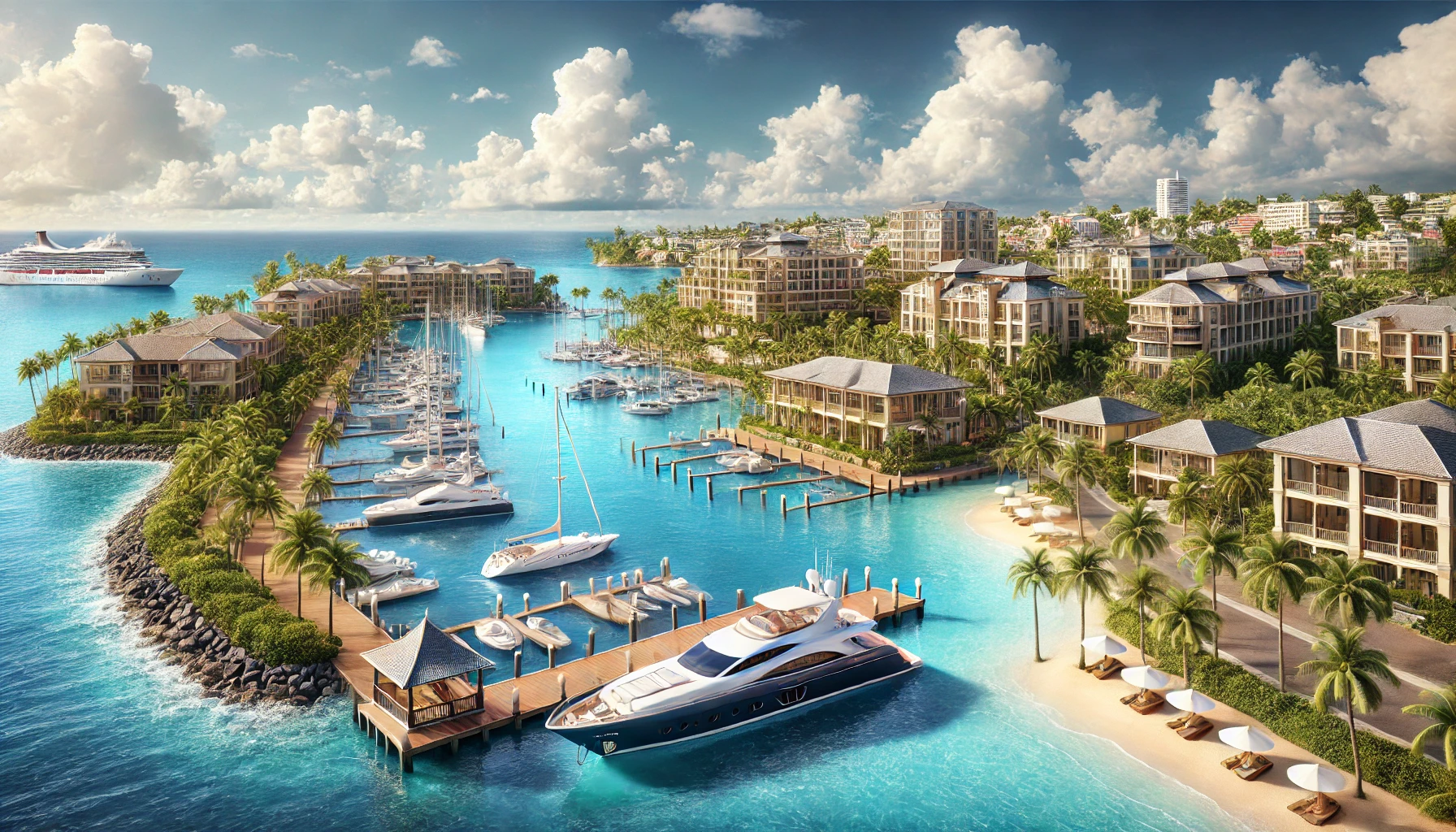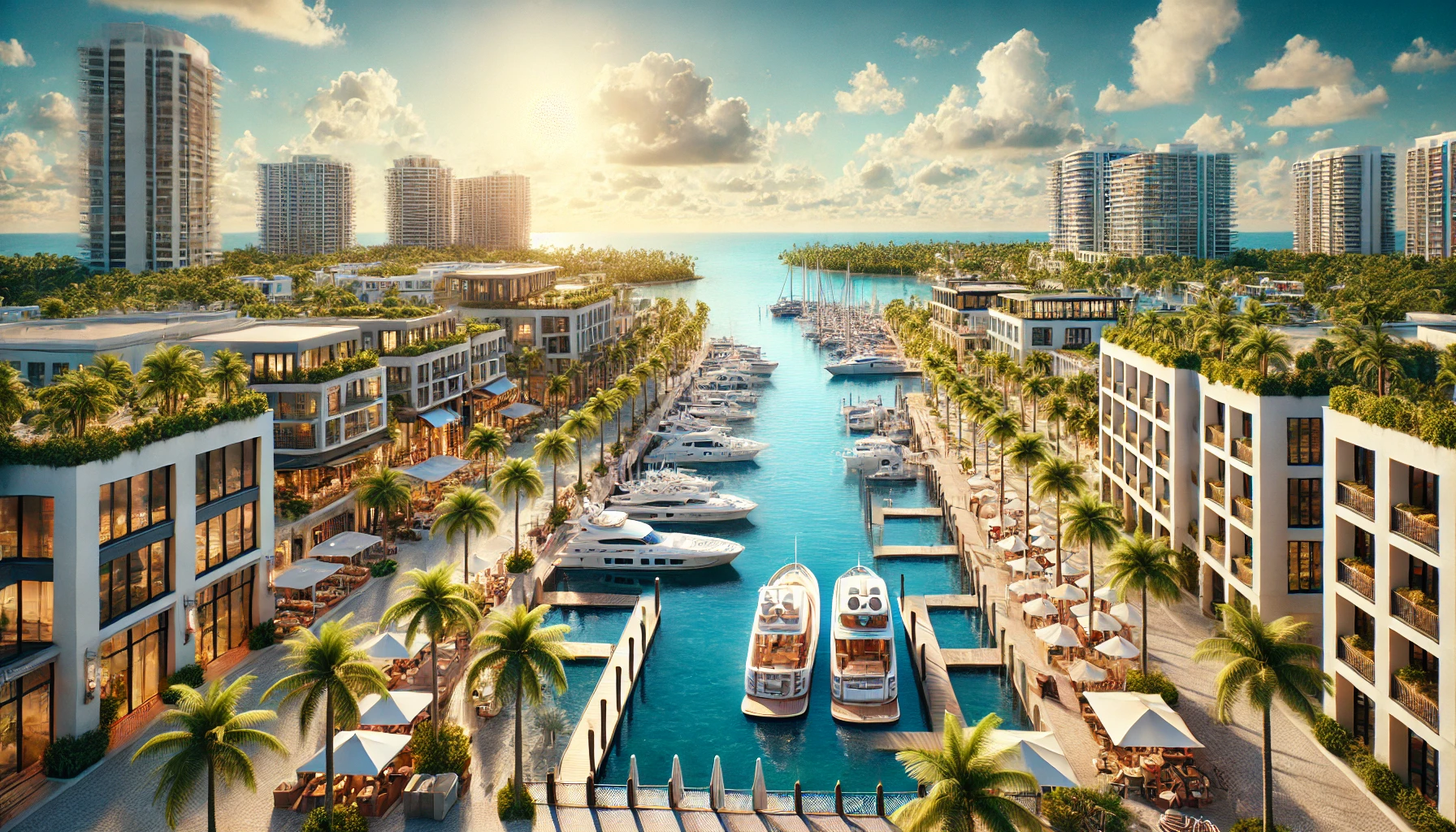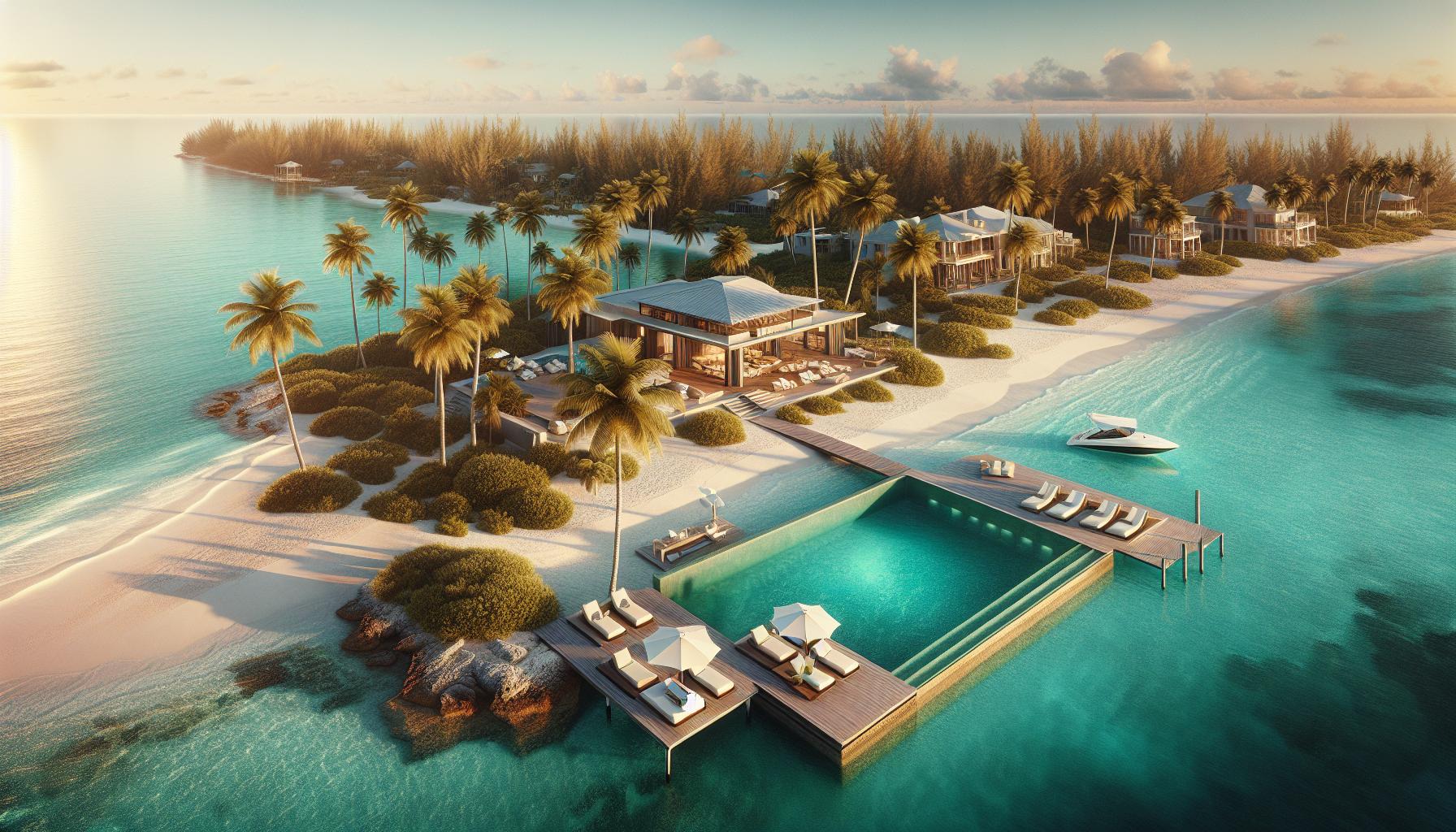When you think of Antigua, pristine beaches and turquoise waters might come to mind, but this Caribbean gem is also a renowned tax haven. With its favourable tax policies and business-friendly environment, Antigua has become a hotspot for entrepreneurs, investors and global corporations seeking financial advantages. Its strategic location and stable economy only add to its appeal.
Setting up a business or managing assets in Antigua offers more than just tax benefits. You’ll find streamlined regulations, confidentiality and access to international markets, making it an attractive destination for wealth management. Whether you’re looking to reduce your tax burden or diversify your financial portfolio, Antigua provides a compelling solution.
The island’s reputation as a tax haven isn’t just about low taxes—it’s about creating opportunities. By leveraging Antigua’s policies, you can unlock financial growth while enjoying the perks of operating in one of the world’s most idyllic locations.
Tax-Free Living in Antigua: Tax Haven for Investors
Antigua’s tax policies make it a highly attractive destination for individuals and businesses seeking financial optimisation. Its combination of zero personal income tax and offshore-friendly regulations enhances its reputation as a leading tax haven.
Introduction to Antigua as a Tax Haven
Antigua offers unparalleled tax benefits, drawing investors and entrepreneurs from across the globe. Known for living tax-free in the Caribbean, it provides an environment with no capital gains tax, wealth tax, or inheritance tax.
The absence of restrictions on foreign currency movements supports offshore tax planning by making international transactions seamless. Its robust financial infrastructure fosters ease of business operations and private wealth management, positioning Antigua as a premier tax haven.
Overview of Antigua’s Territorial Tax System
Antigua operates a territorial tax system, which means only income earned locally is subject to taxation. Foreign-sourced income, including dividends and investment returns, remains entirely tax-free for residents.
This tax system encourages global investors to channel their earnings through Antigua. By establishing residency under the Antigua residency program, you can legally avoid paying tax on worldwide income. Businesses also thrive here due to the lack of double taxation agreements with key markets.
Antigua’s Appeal for High-Net-Worth Individuals
Antigua’s tax policies appeal particularly to high-net-worth individuals. Its zero-tax regime on foreign revenue perfectly complements strategies for offshore tax planning.
Residency status offers asset protection, confidentiality, and ease of estate planning. The Antigua residency program simplifies this process for individuals seeking long-term settlement while maintaining tax-free income from global investments.
Tax Advantages of Living in Antigua

Antigua offers an appealing combination of a picturesque Caribbean lifestyle and significant financial incentives. Its territorial tax system allows for tax optimisation, especially for global investors and high-net-worth individuals.
0% Tax on Foreign-Sourced Dividends and Investment Income
You benefit from Antigua’s territorial tax framework, as only locally sourced income is taxable. Foreign-sourced dividends and investment income are entirely tax-free, making it an ideal location for offshore tax planning. For instance, if you earn income through overseas investments, such as real estate, stocks, or businesses, Antigua imposes no tax on those earnings.
This policy supports individuals seeking to minimise their global tax burden. Combined with the absence of foreign currency restrictions, it facilitates seamless international revenues without punitive levies. Many residents enjoy living tax-free in the Caribbean while maintaining diversified portfolios abroad. Antigua’s residency program enhances these advantages, giving you full access to these favorable benefits.
Exemptions on Capital Gains and Inheritance Taxes
Capital gains and inheritance taxes are non-existent in Antigua, providing a crucial edge for wealth preservation. If you sell assets, such as property or shares, you won’t face capital gains taxation. This ensures maximised profits from your investments and eliminates the need for complex tax strategies.
Inheritance tax exemptions further protect your estate. If you’re planning intergenerational wealth transfer, your heirs avoid burdensome tax obligations. This factor reinforces Antigua’s status as a tax haven attraction for families, retirees, and global entrepreneurs. Affiliation with the Antigua residency program amplifies these tax benefits, ensuring smooth and tax-efficient wealth management and estate planning.
Tax Residency Options in Antigua

Antigua’s residency options offer strategic avenues for tax optimisation, providing a blend of tax benefits and a premier Caribbean lifestyle. The island’s tax policies cater to global investors and high-net-worth individuals seeking to streamline their finances.
Antigua Citizenship by Investment Program
The Antigua Citizenship by Investment Program (CIP) provides an efficient route to obtain citizenship and access tax benefits in Antigua. This program appeals to individuals aiming to optimise their global tax strategies and secure a second citizenship. By contributing to the National Development Fund (minimum $100,000 for a single applicant) or investing in approved real estate (minimum $200,000), you can qualify.
The program enables you to reside in Antigua and benefit from its territorial tax system. Under this framework, foreign-sourced dividends and investment income remain entirely tax-free, enhancing offshore tax planning opportunities. Additionally, the lack of personal income tax ensures you can achieve financial efficiency while enjoying the benefits of dual citizenship. Processing times for applications are approximately 3-4 months, granting swift access to these advantages.
Antigua’s Flat-Tax Program
The flat-tax program in Antigua offers a straightforward structure for tax contributions. This option is tailored for individuals with global investment portfolios or high earnings outside the island. A fixed annual tax of $20,000 applies under this regime, simplifying tax planning, especially for those pursuing living tax-free in the Caribbean.
Participation in the flat-tax program complements the territorial tax system by shielding foreign-sourced income from taxation. It’s particularly advantageous for entrepreneurs or retirees with global financial assets. The predictable flat rate eliminates uncertainties, allowing effective wealth management while you enjoy Antigua’s tax-friendly environment.
Eligibility and Application Process
Antigua residency program eligibility involves a streamlined process designed to facilitate applicants. You must demonstrate financial self-sufficiency by verifying stable income or assets and pass a basic due diligence check. This process typically requires submitting personal documentation, such as passports, proof of income, and police records.
Applications for residency or the Citizenship by Investment Program proceed through licensed agents approved by the government. Residency approval grants access to Antigua’s territorial tax benefits and the opportunity to optimise your offshore tax planning. Processing fees and investment thresholds may vary, but the system ensures transparency and ease of access for qualified applicants. The entire process, from submission to approval, often takes no longer than six months.
Offshore Tax Planning in Antigua

Antigua’s favourable tax landscape attracts investors and entrepreneurs for efficient offshore tax planning. Its territorial tax system and residency options provide significant advantages for wealth preservation and global investment strategies.
Setting Up Offshore Accounts and Trusts
Setting up offshore accounts and trusts in Antigua enhances asset protection and privacy. These structures are instrumental for estate planning, shielding your assets from external claims or regulatory scrutiny. Offshore trusts in Antigua provide confidentiality due to the jurisdiction’s strict legal framework, ensuring minimal disclosure requirements.
With no inheritance or wealth tax, Antigua offers a strategic environment for intergenerational wealth transfer. For example, families can establish trusts to allocate assets efficiently while benefiting from tax exemptions. Offshore accounts also simplify managing international investments, supported by the absence of currency movement restrictions. This facilitates seamless transactions and secure storage of wealth.
Combining these structures with Antigua’s territorial tax system ensures that foreign-sourced income remains tax-free. This complements individual or corporate strategies aimed at minimising global tax liabilities while maintaining compliance with international regulations.
Leveraging Antigua’s Tax Policies for Global Investments
The territorial tax framework lets you optimise returns from global investment portfolios. In Antigua, only locally sourced income is subject to taxation, allowing foreign-sourced dividends and investment income to remain untaxed. This feature suits high-net-worth individuals focused on living tax-free in the Caribbean while pursuing global financial growth.
The absence of capital gains tax amplifies investment opportunities. Investors benefit from retaining entire profits on international equity sales or property investments. Diversified global portfolios thrive under Antigua’s tax policies, as the jurisdiction encourages both individual and corporate expansion.
Pairing these advantages with the Antigua residency program enhances access to strategic tax benefits. This program allows you to enjoy tax exemptions while benefiting from the country’s stable economy and streamlined regulatory processes. By aligning tax planning with global investments, Antigua strengthens its position as a premier jurisdiction for financial efficiency.
Quality of Life for Residents in Antigua

Residents in Antigua enjoy a high standard of living, blending luxury, community, and financial advantages. The island’s setting and amenities offer both comfort and a strategic base for global investment and wealth preservation.
Real Estate Opportunities and Luxury Living
Property in Antigua offers investment potential and access to an upscale lifestyle. Luxury villas, beachfront homes, and gated communities are available, catering to varying preferences. Prime locations include Jolly Harbour and English Harbour, known for waterfront properties and modern amenities.
Ownership enhances your quality of life through access to private beaches, pools, and wellness centres. Many residential developments are situated near marinas, ideal for those engaging in yachting or other watersports.
The Antigua residency program allows direct access to these upscale real estate opportunities. Combining this with the island’s tax-free status on global income strengthens its appeal for investors seeking both living tax-free in the Caribbean and property value appreciation.
Community and Expat Lifestyle Benefits
Living in Antigua fosters connections within a vibrant and inclusive society. A growing expatriate population has established supportive networks through associations and clubs. These groups organise events, offering opportunities for networking and cultural exchange.
Antigua’s stable infrastructure supports an international lifestyle with top-tier healthcare, private schools, and modern utilities. Residents can enjoy local markets, fine dining, and wellness retreats, which enhance daily living.
Social benefits are complemented by financial advantages. Antigua’s lack of taxes on foreign-sourced dividends and investment income promotes fiscal stability. Access to the offshore tax planning environment meets the needs of investors and entrepreneurs pursuing financial growth while maintaining a relaxed lifestyle.
Conclusion

Antigua offers an unmatched combination of financial advantages and an idyllic Caribbean lifestyle. Its tax policies create opportunities for wealth preservation, global investment growth, and intergenerational planning, while the residency and citizenship programmes provide a straightforward path to these benefits.
Whether you’re an entrepreneur, investor, or retiree, Antigua’s tax haven status, coupled with its luxury living and supportive community, ensures you can enjoy both economic efficiency and a high quality of life. It’s a destination where financial optimisation meets tropical paradise.





















